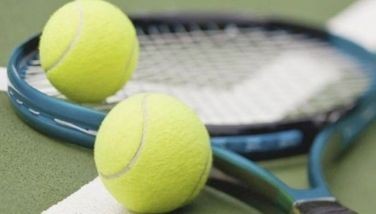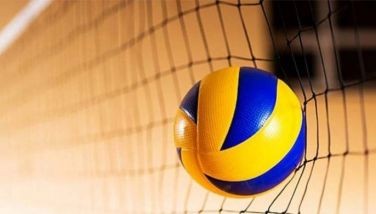Questions to answer

If you ask me, the raging debate on whether or not to bar foreign student-athletes from playing in the UAAP is a waste of time. There are more important issues to focus on in trying to improve the standards of competition and to imbibe in the players the values of sportsmanship. The NCAA has made the move ahead of the UAAP to prohibit foreign-student athletes. The UAAP isn’t budging on its position to retain the status quo, prompting Rep. Mikee Romero to file a resolution for a total national ban.
There are five key questions to ask in determining if Romero is on the right track.
First, is the recruitment of foreign student-athletes above board? The fact is it’s become a lucrative business. Some foreign student-athletes, who’ve completed their UAAP eligibility, are now agents bringing in talent from Africa. It’s a bad example for local players who know these foreign student-athletes are being offered “deals” to fly in. It’s no wonder that some local players are demanding similar “deals” from recruiters.
What’s worse is this commercial environment has led several top-caliber high school and collegiate players to be represented by agents in complete disregard of varsity principles. With imports displaying their wares, the UAAP has become a mini-PBA. It’s been suggested that the UAAP regulate the influx of imports. There is speculation that some birth certificates are tampered, foreign school records manipulated and recruiting procedures highly irregular. How old are these foreign student-athletes really? An argument is to regulate, not to ban. An opposing argument is why bother with this issue when there are more critical issues to tackle concerning the upliftment of Filipino athletes?
Second, is a ban discriminatory? In the context of globalization, it is argued that banning foreign student-athletes is racially tainted. Besides, how would Filipino student-athletes feel if they were similarly barred from playing abroad? In business, there are laws that protect industries in Third World countries from being gobbled up by dominant foreign competition. In sports, it should be no different. Banning foreign student-athletes has nothing to do with race. It has to do with protecting local student-athletes from unfair competition. As for the prospect of Filipino student-athletes being banned from playing abroad as a retaliatory measure, that’s not happening because overseas schools couldn’t be bothered even considering it.
Third, are foreign student-athletes taking away opportunities for locals to blossom? Over the last three UAAP men’s basketball seasons, the MVPs were foreigners, Ben Mbala twice and Bright Akhuetie. In this season’s MVP race, four of the top five front-runners are foreigners, including the first three. Of course, it is argued that the last four Finals MVPs were locals. In Mbala’s case, the progress of teammates Prince Rivero and Justine Baltazar was stunted because of his presence. Baltazar started to shine when foreign teammate Taane Samuel sat out seven games last season due to an injury. In the NCAA, Letran’s no-import policy brought Raymond Almazan to the forefront and paved the way for his rise. It is argued that foreign student-athletes raise the quality of competition but many of them attribute their development to local coaches. Instead of focusing on locals, coaches concentrate on toughening their imports. At whose expense?
Fourth, is recruiting foreign student-athletes the easy way out? School scouts seem to be more interested in finding the next Mbala than discovering the next Ravena or Teng or Romeo. It’s become a higher priority to land a dominant import than develop a promising local player and raise his level of play.
Finally, are foreign student-athletes influencing the coaches in directing offense and defense? Sometimes, foreign student-athletes just battle each other one-on-one, leaving their teammates watching the duel because no local can match up size-wise. A case in point was the UE-Adamson game last Saturday. Coaches are strategizing on both ends depending on where to situate their imports. It’s a disservice to the locals when imports are getting more attention and why not? How a team performs has become largely dependent on how its foreign student-athlete performs.
You can argue philosophically until you’re blue in the face, one way or the other, in this debate. But in the end, you wonder how keeping foreign student-athletes in the UAAP will affect the development of Filipino athletes in the long run. Is the presence of imports contributing to a healthy collegiate sports environment? In the NCAA, San Beda has produced several foreign student-athletes who’ve graduated to become role models yet the league has banned imports. Surely, there must be a good reason for the prohibition.
- Latest
- Trending


























